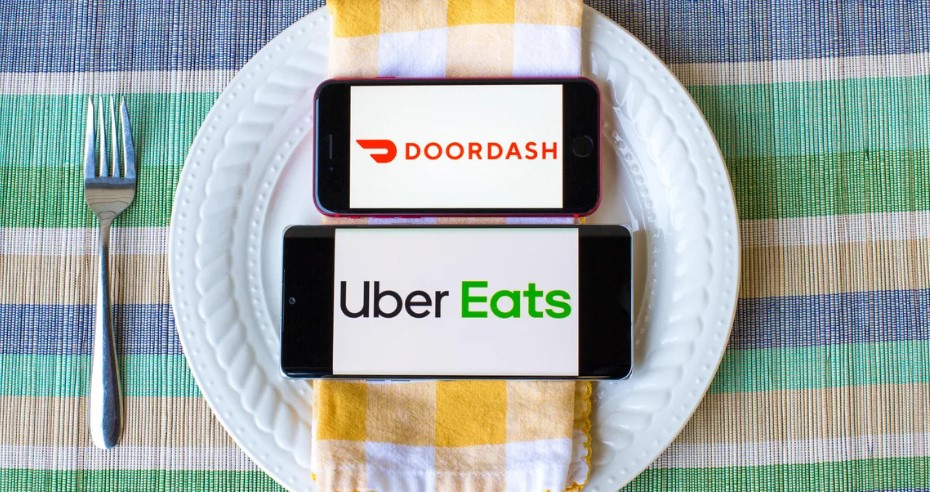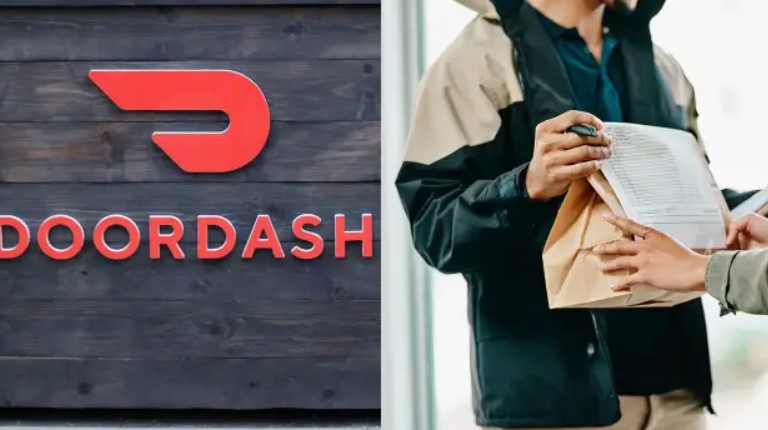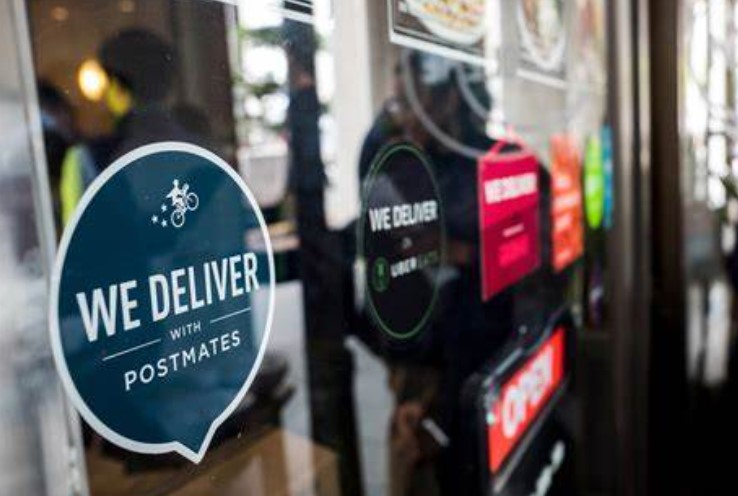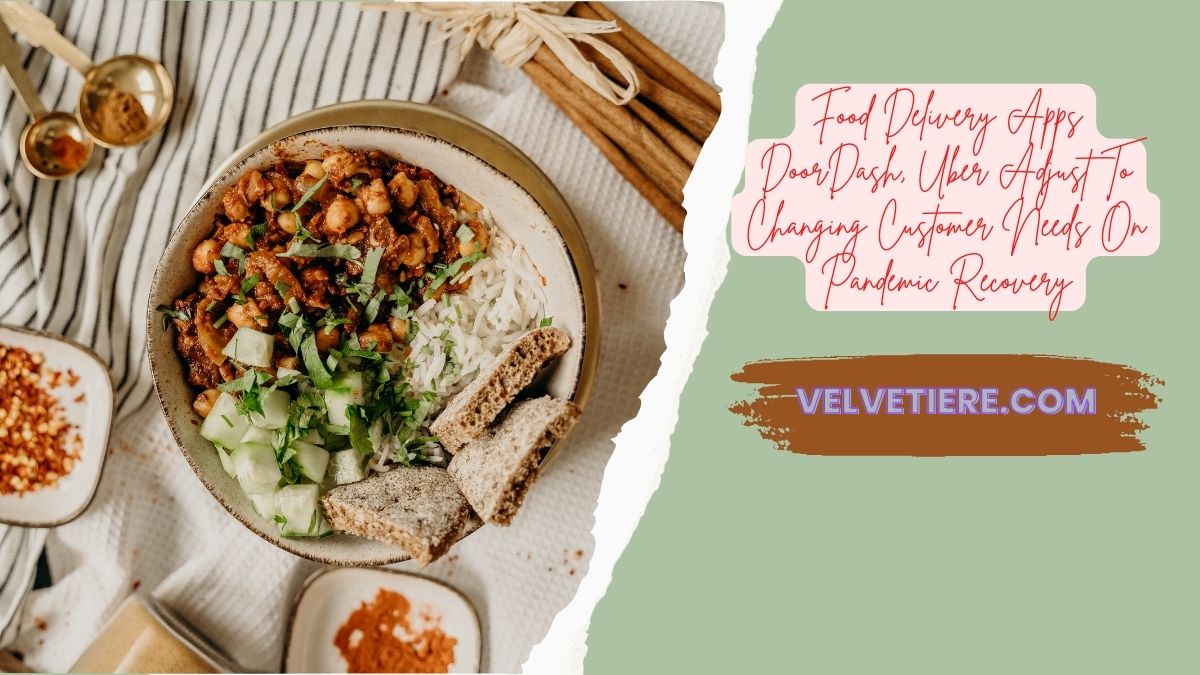Because of the emergence of the coronavirus, the hospitality business is going through a period of serious reflection and evaluation, just like the rest of the world.
As of this writing, twenty-three states in the United States have banned diners and restricted service to takeout and delivery only. McDonald’s has completely shuttered all of its locations in the United Kingdom, including those that offered takeout and delivery.
Even though there have been campaigns encouraging customers to buy takeout from their neighbourhood restaurants, such as Tuesday’s worldwide hashtag #thegreatamericantakeout, many establishments are still closing their doors permanently.
Even delivery logistics are proving to be difficult, as evidenced by the massive crowds that have gathered outside of Carbone in New York City in order to wait for comfort food to go. These groups lack social distance from one another.
As a consequence of this, a significant number of us, including eating establishments and individual customers, are now dependent on third-party delivery services such as GrubHub and Caviar, which are modifying their business models to conform to the new standard.
Food Delivery Apps DoorDash, Uber Adjust To Changing Customer Needs On Pandemic Recovery
Apps that deliver food, groceries, and other necessities to users’ doors have seen phenomenal development during the recent COVID-19 outbreak, and they are continuing to adapt to users’ needs.
Several companies have benefited from the rise of the Internet-savvy homebody: DoorDash (DASH), Grubhub (GRUB), and Uber Eats (UBER). Consistent with the paradigm-shifting “Amazon (AMZN) impact,” these digital platforms are causing a stir in the delivery industry and thinking ahead to the future of mass immunisation.
After acquiring Caviar at the end of 2019, DoorDash saw an immediate increase in user growth, and in 2020 the company processed 273 million orders, an increase of 233% from the previous year due to the surge in demand for takeout during government shutdowns. Marketplace gross order volume increased 227% to $8.2 billion for the corporation.
As of 2020, Grubhub reported that its 30 million customers have spent over $9 billion on meals and donated over $21 million to charitable causes. Grubhub is the app behind popular companies such as Seamless, Eat24, and Tapingo.
Despite a decline in the ride-hailing division of its parent firm, Uber, Uber Eats has maintained its outpacing growth. Customers who were unable to go out to eat increased gross bookings by 130% compared to the prior year. Uber’s ride sharing business, meanwhile, saw a 50 percent drop in gross bookings year over year.

Uber Eats, which also owns Postmates, has been gaining ground in the delivery wars over the past year thanks to its exclusive partnerships with major food chains including Shake Shack (SHAK).
DoorDash has tied its services to the health of restaurants, while OpenTable has experienced an increase in reservations as mass vaccinations have begun. A DoorDash representative recently told Yahoo Finance, “The odds of staying in business are 8x better for restaurants on DoorDash, compared to all U.S. eateries.”
And if the app keeps doing well, that might be bad news for its rivals. Uber Eats and Grubhub, which own 32 and 14 percent of the U.S. market share, respectively, saw their stock prices fall throughout the course of the outbreak.
Also Read:
- 4 Dead And Dozens Injured In Bus Crash In Canada On Christmas Eve
- 3 Dead In Louisiana As US Storm Spawns Southern Tornadoes
Restaurants Quickly Adopting Food Delivery
The abundance of delivery choices, on the other hand, is beneficial for both consumers and establishments that are having trouble making ends meet.
The food analytics business Tastewise estimates that 73% of all restaurants in the United States are currently participating on at least one meal delivery platform. Of these, 68% are participating on Doordash, 61% are participating on Grubhub, and 47% are participating on Uber Eats.
Even while DoorDash has had the most rapid increase over the past few months, it is still expanding at roughly the same rate as its primary competitor, Grubhub, when looking at year-over-year numbers. A 6% rise in the number of restaurants was recorded across both platforms from May 2020.

Tastewise also mentioned that the momentum for delivery is continuing to swing in the positive direction. According to the data, in January 2021, just 11% of all restaurants in the United States were available on all four major delivery platforms. However, this figure swiftly climbed to 16% in the beginning of April.
Retail investors on the other side of the world have bought into the excitement surrounding delivery companies, despite the fact that performance has been declining.
Deliveroo, a food delivery company funded by Amazon, had its first day of trading on the London Stock Exchange on March 31. Despite this, the stock dropped precipitously, which brought shame to the company and prompted sharp inquiries about the future.
Uber Eats And DoorDash Are Now Delivering Groceries, Flowers To Meet Customer Demands
As a result of the surge in demand from customers, food delivery services like DoorDash and Uber Eats are rapidly expanding their operations to include grocery stores, convenience stores, pharmacies, pet stores, and even department stores.
Flower delivery was announced as Uber Eats’ newest service on Wednesday. As a result of a collaboration with ProFlowers, an FTD affiliate, Uber Eats will soon offer in-app flower delivery. The service will launch in select U.S. cities like New York, Chicago, and Los Angeles before expanding to the entire country in the new year.
According to Fuad Hannon, DoorDash’s head of new verticals, “if we can deliver your burrito in 30 minutes or bring your ice cream still frozen, we should be able to deliver anything in under an hour.” With today’s technology, that’s definitely doable.

Uber Eats and DoorDash, who have both had trouble turning a profit off the thin margins they receive from restaurants, desperately need to expand into other areas of the food delivery industry.
According to Ali Mogharabi, a senior equities analyst at Morningstar, restaurant delivery can be lucrative in congested metropolitan regions where drivers can finish many orders in an hour. Delivery times are shorter in urban areas, so carriers can better utilise their time by taking on additional orders from Walgreens or Costco.
Customers are more likely to sign up for a service like DoorDash or Uber Eats, which offers unlimited deliveries for $9.99 a month, if the company offers more products for delivery.
Final Words
Apps that deliver food, groceries, and other necessities to users’ doors have seen phenomenal development during the recent COVID-19 outbreak, and they are continuing to adapt to users’ needs.
Several companies have benefited from the rise of the Internet-savvy homebody: DoorDash (DASH), Grubhub (GRUB), and Uber Eats (UBER). Consistent with the paradigm-shifting “Amazon (AMZN) impact,” these digital platforms are causing a stir in the delivery industry and thinking ahead to the future of mass immunisation.







